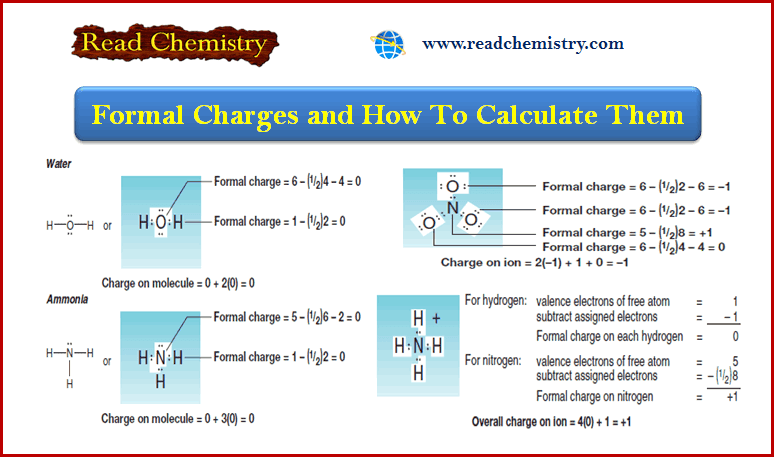

An ion is simply an atom or molecule that gained or lost electrons to get a net charge. Think back to general chemistry when you studied ion formation. The answers are yes, yes, yes, and more yes. Which specific atom is responsible for the overall charge?Īnd, what if you’re studying an uncharged molecule – Is it still possible for individual atoms to carry charge despite the net neutrality? Even the negative charge on the hydroxide oxygen is simple to understand.īut what if you have a much larger group of bound atoms with an overall net charge? For example, the negative nitrate or triple negative phosphate.

Chloride obviously has a negative charge. This concept is simple enough for small ions. The sum of formal charges on any molecule or ion results in the net overall charge.

So what exactly IS formal charge?įormal charge is the actual charge on an individual atom within a larger molecule or polyatomic ion. Formal charge helps you understand reaction patterns by showing you why a specific atom attacks, and why its ‘victim’ accepts the attack. Yet understanding the nature of Formal Charge is a critical component when it comes to mastering organic chemistry reactions and mechanisms. How can you afford that kind of time when working through a multi-step synthesis? Formal Charge is that pesky concept covered early in organic chemistry and somehow never seems to go away.īecause the equation in your textbook is long, confusing, and needlessly annoying.


 0 kommentar(er)
0 kommentar(er)
